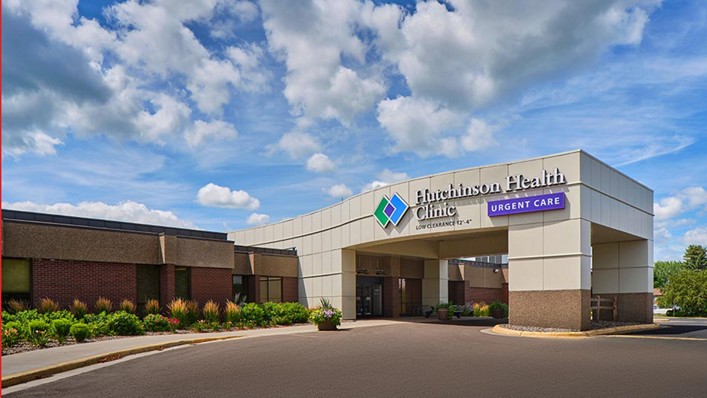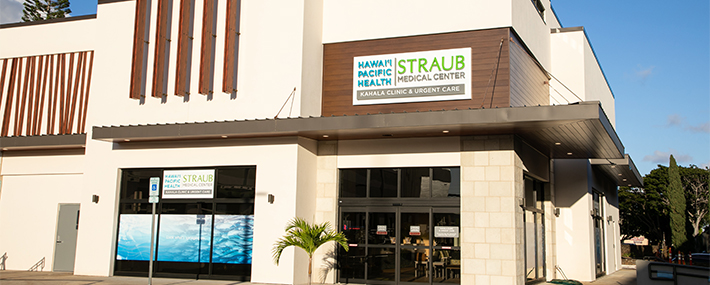The Ultimate Overview to Understanding Urgent Care Clinics
The Ultimate Overview to Understanding Urgent Care Clinics
Blog Article
The Relevance of Urgent Care Centers in Connecting the Void Between Medical Care and Emergency Services
Immediate treatment centers have emerged as an essential element of the medical care landscape, effectively resolving the important demand for prompt medical focus without resorting to emergency services. The evolving function of urgent care facilities elevates essential questions about their assimilation within the wider healthcare system and the implications for individual outcomes and resource appropriation.
Summary of Urgent Treatment Centers
Urgent care facilities have actually become a crucial part of the health care shipment system, supplying available clinical services for non-life-threatening conditions. These centers usually operate outdoors basic workplace hours, offering clients an option to emergency clinic and medical care settings. Clients looking for immediate care usually existing with issues such as minor injuries, infections, or ailments that require timely focus yet do not pose an immediate danger to life or arm or leg.
Urgent care facilities are staffed by a variety of medical care specialists, including medical professionals, registered nurse practitioners, and physician assistants, who are outfitted to detect and deal with numerous clinical worries. They usually feature analysis devices such as X-ray equipments and lab services, enabling them to supply comprehensive care on-site.
The facility of immediate care facilities has been affected by the raising need for timely clinical solutions in a fast-paced culture, where patients may struggle to secure appointments with health care providers. Because of this, these centers aim to minimize blockage in emergency situation departments, improving overall health care performance. Additionally, urgent treatment facilities often offer as a bridge in between medical care and emergency situation solutions, making certain that individuals obtain suitable care customized to their specific clinical needs.

Benefits of Urgent Treatment Provider
Accessing timely healthcare is a significant benefit of immediate treatment services. These facilities provide prompt focus for non-life-threatening problems, efficiently reducing delay times contrasted to typical emergency divisions. Patients seeking look after small injuries, diseases, or urgent health issues can get therapy without the long hold-ups typically linked with hospital gos to.
Another key advantage is the extended hours of procedure. Numerous urgent treatment facilities are open nights and weekends, accommodating people that might not have the ability to see their key treatment provider throughout typical workplace hours. This flexibility makes urgent care an easily accessible alternative for those with busy schedules or abrupt health concerns.
Furthermore, urgent treatment facilities often provide a large range of services, consisting of diagnostic testing, X-rays, and fundamental research laboratory services. This extensive technique enables fast medical diagnosis and treatment, enhancing patient complete satisfaction.
In addition, immediate treatment centers are normally more affordable than emergency situation rooms, making them an appealing option for people without insurance policy or those with high-deductible strategies. Generally, urgent care services play a crucial duty in giving easily accessible, prompt, and affordable clinical treatment.
Contrast With Key Care
Generally, people usually evaluate their choices in between immediate care centers and primary treatment carriers when looking for clinical attention. Both serve crucial roles in the health care system, yet they differ considerably in expense, accessibility, and extent.
Health care service providers are normally the very first factor of call for clients, concentrating on long-lasting wellness management, preventative treatment, and chronic illness administration. They provide connection of care, cultivating a patient-provider connection that permits detailed health evaluations and tailored therapy strategies. However, arranging an appointment can be time-consuming, often needing days or weeks beforehand.
On the other hand, immediate treatment centers provide immediate take care of non-life-threatening problems that require timely attention, such as small injuries or infections. These centers typically operate beyond typical office hours, accommodating people that may not have the ability to visit their health care company during normal company times. In addition, immediate care is normally a lot more economical than emergency clinic brows through, making anchor it an attractive alternative for those with restricted health care gain access to.
Eventually, while urgent treatment facilities and health care companies both add to person health and wellness, they satisfy distinct demands, making it important for patients to determine which Learn More Here alternative ideal lines up with their circumstances.
Emergency Services Interaction
The interaction between immediate care facilities and emergency situation services is an essential element of the medical care landscape, particularly when individuals face scenarios that may intensify in extent. Immediate care centers offer as a bridge in between medical care and emergency divisions, addressing non-life-threatening conditions that call for immediate focus. This cooperation enhances individual end results and maximizes source allocation within the medical care system.
When individuals present with not lethal yet immediate problems, urgent care facilities can effectively manage their requirements, alleviating congestion in emergency situation spaces. When an individual's problem surpasses the range of urgent care therapy, Facilities outfitted with analysis capabilities can promote prompt references to emergency solutions. This seamless interaction aids guarantee that patients obtain the appropriate degree of care without unneeded delays.
Furthermore, effective interaction in between urgent treatment providers and emergency services is crucial. Sharing patient information and treatment histories promotes coordinated care, reducing the risk of repetitive examinations and procedures. As health care continues to progress, the vibrant relationship in between urgent treatment centers and emergency situation solutions will certainly play a pivotal duty in enhancing patient treatment effectiveness, fulfillment, and overall wellness end results within the neighborhood.
Future of Urgent Treatment Facilities
As medical care needs develop, the future of urgent treatment centers is positioned to come to be increasingly integral to the total clinical ecosystem (Urgent Care). These centers are likely to expand their roles by including advanced technologies, such as telemedicine, expert system, and electronic health document assimilation. This will boost client accessibility and streamline care control between immediate treatment, main treatment, and emergency solutions
Additionally, immediate care centers are expected to diversify their solution offerings to consist of preventative treatment and persistent condition management. This shift will certainly position them as important parts in taking care of population health and wellness, minimizing the our website concern on emergency departments, and resolving voids in key treatment accessibility.
The expanding pattern of value-based treatment will certainly even more accelerate the transformation of immediate treatment facilities, prompting them to concentrate on client end results and satisfaction. Facilities might likewise adopt collaborative practice designs, functioning closely with specialists and health care carriers to make certain detailed patient management.
Conclusion
To conclude, urgent treatment centers serve an essential function in the healthcare system by offering instant accessibility to treatment for non-life-threatening problems, efficiently reducing pressure on emergency situation solutions. Their expanded hours and diverse series of services enhance patient ease and fulfillment, while also making sure proper care shipment. As health care needs remain to develop, the duty of immediate treatment facilities will likely become progressively significant, further bridging the gap between primary treatment and emergency services.
The establishment of urgent treatment centers has been influenced by the boosting need for timely clinical solutions in a hectic culture, where clients might battle to safeguard consultations with key treatment providers. Additionally, urgent care centers typically offer as a bridge between primary treatment and emergency services, making sure that clients obtain suitable care customized to their particular medical requirements.
Several immediate care facilities are open evenings and weekends, fitting clients who might not be able to see their key care provider during conventional office hours (Urgent Care). As medical care continues to develop, the dynamic relationship in between immediate treatment centers and emergency situation services will play a crucial function in improving person treatment effectiveness, satisfaction, and general health results within the community

Report this page